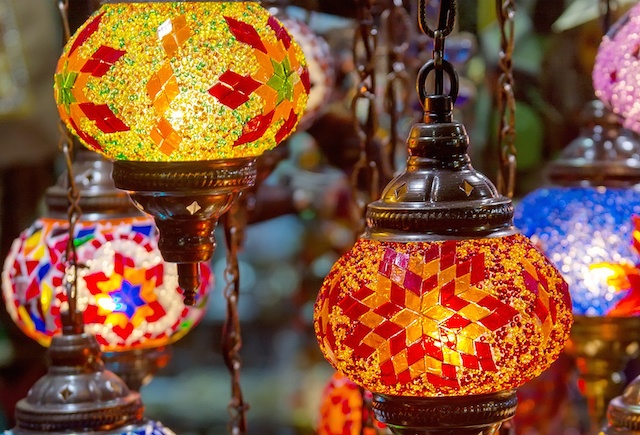Thinking you might learn Arabic? There are over 100 words for camel and more than 10 words for love. Not surprising from the language of poetry, with a rich tapestry of history dating back to the first century. From ghouls and mummies to love and language, read on for 10 surprising facts that we bet you didn’t know about the Arabic language.
1. Arabic is the official language in 26 countries
With more than 300 million speakers worldwide, it is the official language of 26 countries. Arabic is spoken in many countries, and it’s also one of the 6 official languages of the United Nations.
The UN declared December 18th as Arabic National Day when the language was officially approved in 2010.
2. it is at least 1,500 years old
Classical Arabic originated in the sixth century, but earlier versions of the language existed, including the Safaitic dialect, an old dialect used by the pre-Islamic nomadic inhabitants of the Syro-Arabian desert. Some of its inscriptions date back to the first century!
3. There are three “types” of Arabic (and then some, you might argue)
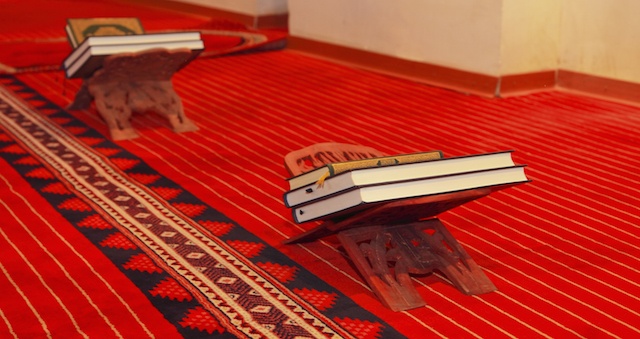
Classical Arabic (the form of Arabic in which the Quran is written)
Classical Arabic, otherwise known as Qu’ranic, dates back to the literary texts from Umayyad and Abbasid times; its the language of the Quran (the holy book of Islam).
Modern Standard Arabic (MSA – used as a global, universal standard)
MSA is the Arabic of newspapers, novels, and textbooks. This literary variety is used in writing and in most formal speech and is pretty similar to Classical Arabic.
Colloquial Arabic (varies according to the region and country)
Imagine having people in 26 countries with different geographical borders, cultures, cities, and groups, all speaking the same language…
The national or regional varieties of spoken Arabic differ significantly from Modern Standard Arabic and Classical Arabic, as well as from each other!
For example, Syrians, Palestinians, Saudi Arabians or Egyptians can communicate with each other easily, however, they would have more difficulty communicating with Moroccans or Algerians, with its greater influence from French.
4. the words are written from right to left; numbers are written from left to right.
-1.jpg)
This can be confusing if you are not a native speaker, meaning you might well end up in the right place at the wrong time, on a wrong day. Make sure you learn the numbers well from day 1 and take comfort in knowing you are using left /right brain skills at the same time!
 5. There are more than 100 words for camel
5. There are more than 100 words for camel
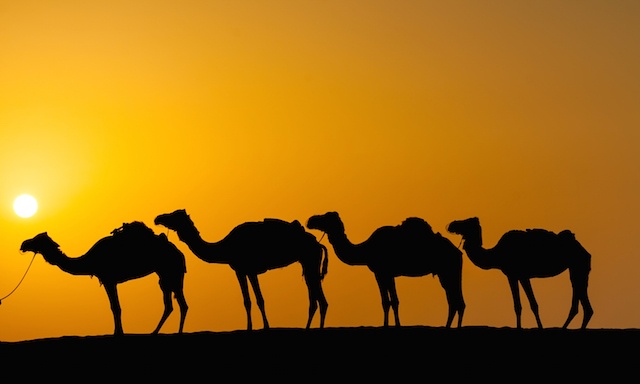
Number 1: Al-Jafool’ means a camel that is frightened by anything. (A nervous camel!)
The rest we set as a challenge for you to find out for yourself…
‘Trust in God, but tie up your camel’ is a great (and practical) proverb used to express the nature of destiny and personal responsibility.
6. it has a root system – a massive help when it comes to vocabulary
Every noun, adjective, and verb is built on a system of 3 key letters, with changes in consonants and vowels.
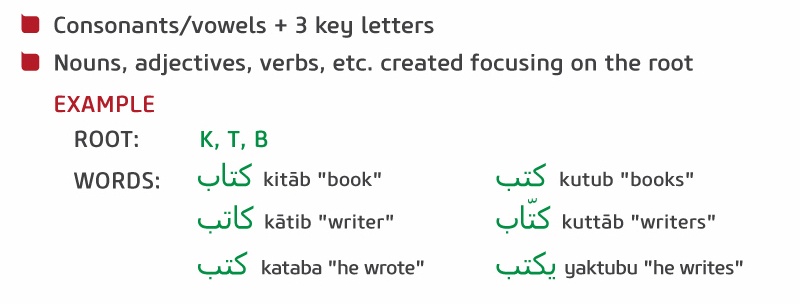
7. There are more than 10 Words for love
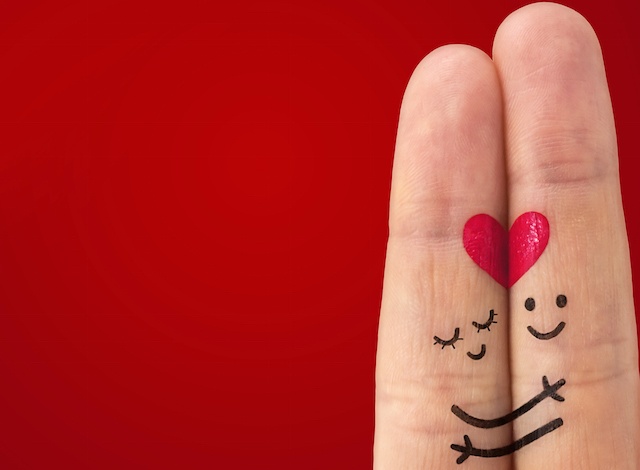
The most common word for love is ‘hubb’, comes from the same root as the word ‘seed’ – i.e that which has the potential to grow into something beautiful. (We told you this was the language of poetry…)
8. In the present tense, there is no verb ‘to be’
Instead of saying, I am Jack, you would simply say I Jack.
The teacher is a man = The teacher a man:
المُدَرِّس رَجُلٌ (al-mudarris rajulun)
Well, any time we can skip having to learn a verb has always got to be a plus, right?
9. You probably already know some words

15 English words that come from Arabic to get you started!
algebra, alchemy, cotton, caravan, carat ( as in gold!)
magazine, safari, sofa, ghoul, mummy (as in ancient Egyptian mummy, rather than your good old mum!)
sugar, lemon, orange, saffron, tarragon (yummy….)
10. Uniquely, Arabic follows an “abjad” rather than an alphabet
One of the qualities that makes this language unique and a bit tricky until you get the hang of it is that its writing system follows an abjad rather than an alphabet.
So what does that mean??
An abjad is a system in which each letter stands for a consonant and not a vowel, which requires the user of the language to provide the vowels using vowel marks.
And just for good measure…
Arabic is the official language in Algeria, Bahrain, Comoros, Chad, Djibouti, Egypt, Eritrea, Iraq, Israel, Jordan, Kuwait, Lebanon, Libya, Mauritania, Morocco, Oman, Qatar, Saudi Arabia, Somalia, Sudan, Syria, Tunisia, United Arab Emirates, Yemen, Palestine, and Western Sahara.
Intrigued to learn more about the Arabic language? Check out our Arabic online courses.
Andrie Steliou
Latest posts by Andrie Steliou (see all)
- 8 Ways to Help Keep Your Child Focused and Engaged in Online Learning - October 19, 2022
- How to Improve Social Intelligence Skills? - May 10, 2022
- How to Improve Organizational Skills at Workplace? - May 6, 2022

